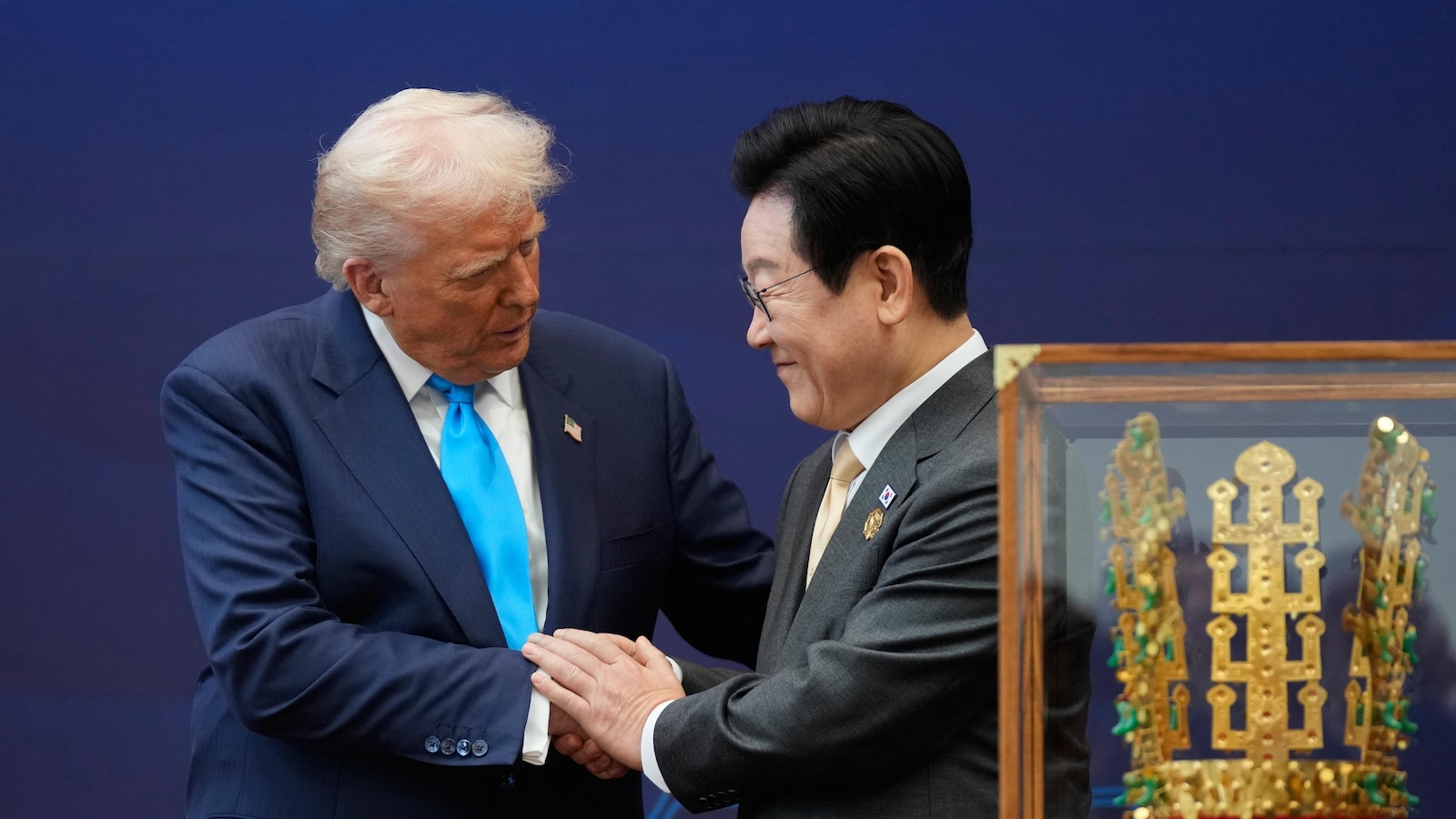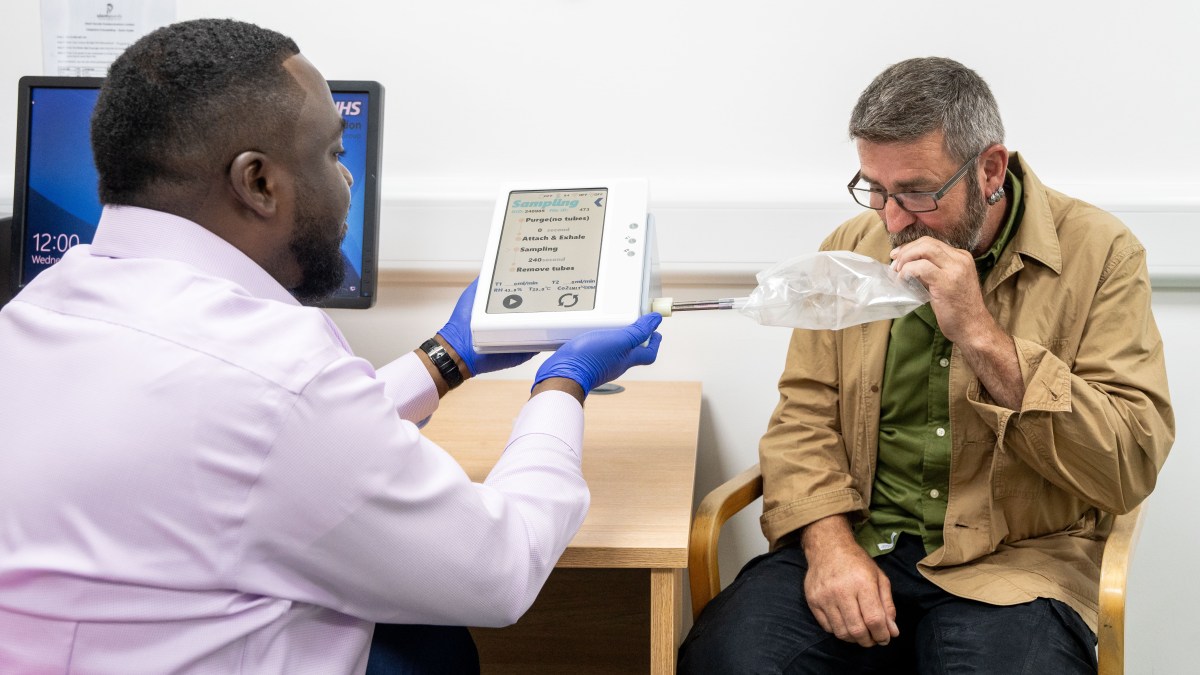The U.S. Federal Reserve is widely expected to cut interest rates when it meets on Wednesday with little to no room for a surprise. Any remaining excitement is centered on what the central bank will signal regarding its balance sheet and the path forward. Short-term interest rates have been particularly volatile in recent weeks, with the U.S. repo market signaling potential liquidity distress as it trades within a few basis points of the Fed’s upper limit, and in fact was above the top of the range Monday. The repo market is considered the plumbing of the U.S. financial system as it is the place where banks go for the overnight loans they use to fund operations. The rise in funding rates has raised questions over the state of bank reserves and led a number of analysts to bet on the Fed ending its quantitative tightening (QT) program earlier than expected. “We expect the FOMC to end its securities runoffs at this month’s meeting,” analysts at Wrightson ICAP said in a note, citing the recent repo market volatility as a “sufficient warning sign to justify moving on to the next phase of the Fed’s normalization plan.” The pervasive repo market heaviness has led to consistent usage of the Fed’s Standing Repo Facility (SRF), which was created after the repo market blowup of 2019 as a liquidity backstop and de facto ceiling on the funding market. The SRF suffers from signficiant negative market perception, as well as structural issues such as its balance sheet costs (it is not centrally cleared), that have prevented any real uptake from market participants outside of pressurized statement dates. The historical reluctance of banks and dealers to tap the SRF, even when arbitrage opportunities exist, has raised concerns over why the emergency facility is now seeing use – are there serious liquidity pressures emerging that are forcing member institutions to tap the SRF as a true last resort? “The SRF is functioning exactly as it’s supposed to,” said Samuel Earl, Barclay’s lead on Short Duration Strategy. “The Fed has been encouraging people to use [the SRF] when frictions emerge in the funding markets.” Barclays expects the Fed to end QT in December, with Earl raising the point that should the Fed end QT early over SRF jitters, the unintended consequence may be a reinforcement of the SRF stigma the central bank has tried so hard to remove. Earlier this year Dallas Fed President Lorie Logan said she expected banks to turn to the SRF in the latter half of the year as liquidity pressures from the September tax date, quarter-end and heavy issuance weighed on the market. “I was encouraged to see market participants using the SRF over the June quarter-end,” Logan said at the end of August. “I anticipate they will similarly use our ceiling tools, if necessary, in September.” If SRF usage is not the concern, then what? “This is really just a story of issuance,” said Earl. “Issuance has put pressure on repo rates, it’s not a reserve scarcity issue.” Since the debt ceiling resolution in July, cash has successively drained from the repo market as the Treasury rebuilds its main checking account. So far, the Treasury has issued close to $600 billion in Treasury bills, with Barclays estimating another $200 billion in net issuance this month. The abundance of Treasury bills has given money market funds, a major source of liquidity for the repo market, an attractive alternative and increased their bargaining power with repo dealers. The impact of declining money market cash combined with the ever-increasing demand for leverage from hedge funds, has led the entire short-term rates complex higher with the marginal dollar increasingly difficult to find. “We went from an abundant reserve regime, where a ton of collateral would enter the system and be digested relatively easily, to where even the smallest amount of collateral is having an outsized impact on the repo market,” said Teresa Ho, head of U.S. short duration strategy at JP Morgan. In essence, Ho warns, the repo market’s sensitivity to the entrance of even incremental collateral has gone up dramatically – and that is likely to concern the Fed as it battles political pressure from the White House. JP Morgan now expects the Fed will end QT at today’s meeting, citing concerns over the pervasive pressure in funding markets. “The current funding pressures can’t be explained away by the usual culprits like settlements or statement dates, and are emerging on a regular basis, that’s concerning,” Ho added. Last week — in a period where excess cash from Government Sponsored Enterprises (GSEs) usually anchors repo rates lower — the Secured Overnight Funding Rate (SOFR) averaged within 5 basis points of the SRF offering rate of 4.25, heightening liquidity concerns across the fixed income community. “We were even heavy in the GSE period,” said Ho. “That was a sign to me that we are no longer in an abundant reserve state.” Bank reserves declined back below $3 trillion last week, their lowest level since the first week of January, shining a brighter light on the already contentious debate over the right level of reserves. Read more The Fed is likely to keep cutting interest rates, but multiple dangers lurk, CNBC survey finds Ray Dalio says a risky AI market bubble is forming, but may not pop until the Fed tightens The Fed is expected to cut interest rates—how to lock in higher returns on savings now The argument for ending QT today is primary one of risk management: there are ongoing liquidity concerns going into the fourth quarter, including the cost of the marginal dollar, collateral sensitivity, Canadian year-end and GSIB year-end. Meanwhile, the Fed is facing heavy scrutiny from the President Donald Trump’s administration and JP Morgan suspects Fed Chair Jerome Powell’s appetite for risking stress in the funding market is low. Together, these elements likely outweigh the benefit of keeping the program running, which only has $40 billion to run-off between now and December. “For me the bigger question is what do we do after QT ends,” said Ho. “The budget deficit is only getting bigger, Treasury issuance is only going to increase, and the amount of collateral in the system is only going to grow.” Current trends suggest a decline in demand for Treasurys from the traditional big buyers, namely banks, the Fed, and foreign central banks, whose custody holdings of U.S. Treasurys recently hit their lowest level in 13 years, according to Deutsche Bank. The result has been an expanded role for levered players, who will ultimately have to fund these new Treasury positions in the repo market – elevating the demand side of the equation at the exact time repo liquidity, and reserves, are growing scarcer.
Blog
-
Just a moment…
Just a moment… This request seems a bit unusual, so we need to confirm that you’re human. Please press and hold the button until it turns completely green. Thank you for your cooperation!
Continue Reading
-

Call for apology over cancer-linked pregnancy drug DES
Briony LeylandSouth of England
 BBC
BBCJan Hall is campaigning for greater awareness of the impact the drug DES had on women A woman is calling on the government to apologise over a cancer-linked drug that was historically given to women to prevent…
Continue Reading
-
An electric bike for your feet? Nike says ‘we just did it’ with shoe built for average runners – Euronews.com
- An electric bike for your feet? Nike says ‘we just did it’ with shoe built for average runners Euronews.com
- Nike’s Sport Offense Innovations Include Powered Sneakers Prestige Hong Kong
- Nike’s Project Amplify is ‘an e-bike for your…
Continue Reading
-

EBRD co-finances major renewable energy project in Central Asia
- EBRD providing US$ 142 million for major renewable-energy and battery development in Uzbekistan
- Funds will help to construct 1 GW of solar and 1,336 MWh of battery energy storage capacity
- New solar plants will be owned by ACWA Power and Japanese investors
The European Bank for Reconstruction and Development (EBRD) is providing a comprehensive financing package of US$ 142 million (€121 million) for two special-purpose vehicles (SPVs) that will develop Uzbekistan’s and Central Asia’s largest combined solar photovoltaic and battery energy storage project to date.
The two SPVs (ACWA Power Sazagan Solar 1 and ACWA Power Sazagan Solar 2) will be majority owned by ACWA Power – an international developer, investor, co-owner and operator of a portfolio of power-generation and desalinated-water-production plants. The SPVs will be co-owned by Sumitomo Corporation, Shikoku Electric Power Company and Chubu Electric Power Company. The investment marks the first foray into renewable-energy and battery energy storage systems (BESSs) in Uzbekistan by the Japanese investors.
The financing package consists of two senior secured loans. The first loan, of US$ 61 million (€52 million equivalent), will be provided to ACWA Power Sazagan Solar 1 for the development, construction and operation of a 500 MW solar photovoltaic power plant and a 668 MWh BESS in the Samarkand region of Uzbekistan. The second loan, of US$ 81 million (€69 million equivalent), will be made available to ACWA Power Sazagan Solar 2 for the development, construction and operation of a 500 MW solar photovoltaic power plant in the Samarkand region and a 668 MWh BESS in Uzbekistan’s Bukhara region.
The project is expected to be co-financed by the Japan Bank for International Cooperation, Nippon Export and Investment Insurance covered lenders, the Asian Development Bank and Islamic Development Bank. Together, the two SPVs will introduce the largest combined solar photovoltaic (1 GW) and BESS (1,336 MWh) capacity in Uzbekistan and across the region. This unprecedented deployment of BESS capacity will help the grid to mitigate the intermittency of renewable energy sources. The BESS technology will improve grid reliability and flexibility by making additional energy capacity available during periods of peak demand.
The project will contribute to the government’s renewables plan, which is supported by the EBRD and targets the development of 25 GW of solar and wind capacity by 2030. Once commissioned, the new renewable energy capacity is expected to generate around 2,300 GWh of electricity per year that can power 600,000 households annually.
The EBRD is a major financier of green energy projects in Uzbekistan. To date the Bank has supported 1.65 GW of wind capacity, 1.4 GW of solar photovoltaic and 334 MW/501 MWh of BESS in the country – projects sponsored by experienced international developers.
The EBRD has invested over €5.35 billion in Uzbekistan to date across 188 projects, with the majority of this funding supporting private entrepreneurship, contributing to the country’s economic development.
Continue Reading
-

South Korea trade deal appears elusive as Trump seeks $350B investment
GYEONGJU, South Korea — After a charm offensive in Japan that culminated in $490 billion in investment commitments, President Donald Trump met with South Korea’s leader on Wednesday as a trade deal with that country appears more elusive.
Top…
Continue Reading
-

Breath test could transform early diagnosis of pancreatic cancer – The Times
- Breath test could transform early diagnosis of pancreatic cancer The Times
- New Pancreatic cancer breath test seen as major breakthrough in 50 years The Independent
- Dad thought back pain was sign of getting old but three weeks later he died
Continue Reading
-

Menopause symptoms disrupt daily life, but few women get treatment
A new study from Mayo Clinic underscores the widespread impact of menopause symptoms on midlife women – and raises concern that most are navigating this stage of life without medical care to help manage those challenges.
The…
Continue Reading
-

39th Annual Asia Pacific Tax Conference | Insight
The Future of Tax in a Geopolitically Transformed World
We are delighted to announce that we will be hosting Baker McKenzie’s 39th Annual Asia Pacific Tax Conference, which will be held in Tokyo on 12 and 13 November 2025.
This prestigious event will bring our leading tax lawyers and practitioners from across Asia Pacific, Europe, and the United States to share strategic insights into the latest developments and trends shaping the global and regional tax landscape.
In an era of ongoing global uncertainty, we will examine pressing issues such as the impact of continued tariff shifts and the growing complexity of global and local tax environments on your business models and strategies. We will discuss how you can achieve resilience and growth amidst these challenges, providing guidance on managing tax affairs, optimizing positions, and mitigating compliance risks.
In addition to jurisdiction-specific updates covering Australia, Mainland China, Hong Kong, India, Indonesia, Japan, Korea, Malaysia, Philippines, Singapore, Taiwan, Thailand and Vietnam, we will discuss some of the most critical issues shaping the tax landscape. Key themes include addressing the tax and transfer pricing challenges arising from ongoing tariff turbulence, as well as the complexities of Pillar Two. We will also cover other high-impact topics in a series of focused breakout sessions, including cross-border M&A structuring, intragroup reorganizations, tax audit and controversy management, recent developments in tax case law, strategic approaches to APAs, MAP, and ICAP, the evolving VAT/GST landscape, tariff mitigation strategies and supply chain resilience, and outbound investments from Japan.
Conference materials will be made available on this page prior to the event. Please revisit for updates.
Continue Reading
-
Men need to exercise more than women for equal heart health benefits – Euronews.com
- Men need to exercise more than women for equal heart health benefits Euronews.com
- Sex differences in the association of wearable accelerometer-derived physical activity with coronary heart disease incidence and mortality Nature
- Men need twice as…
Continue Reading
